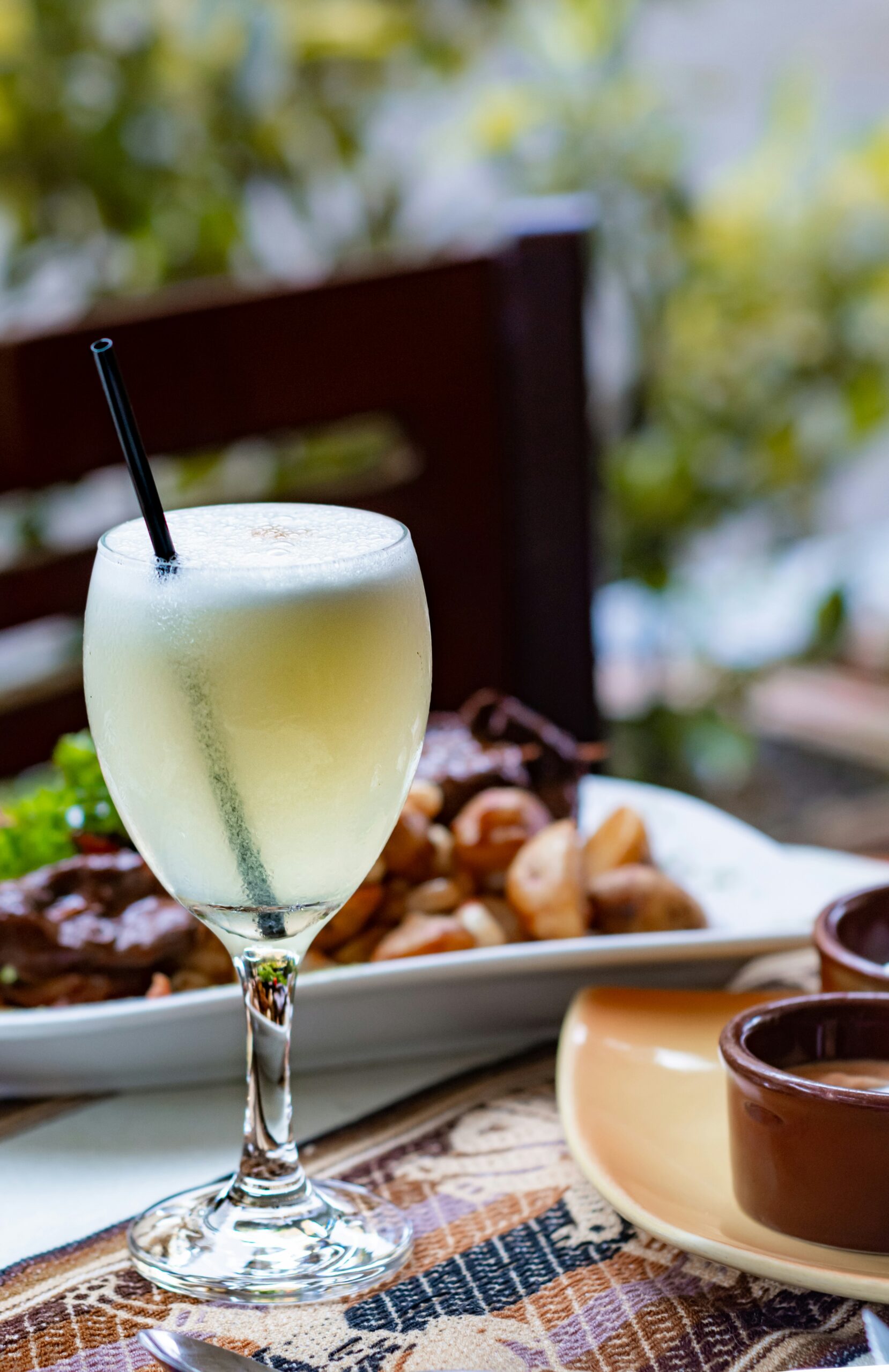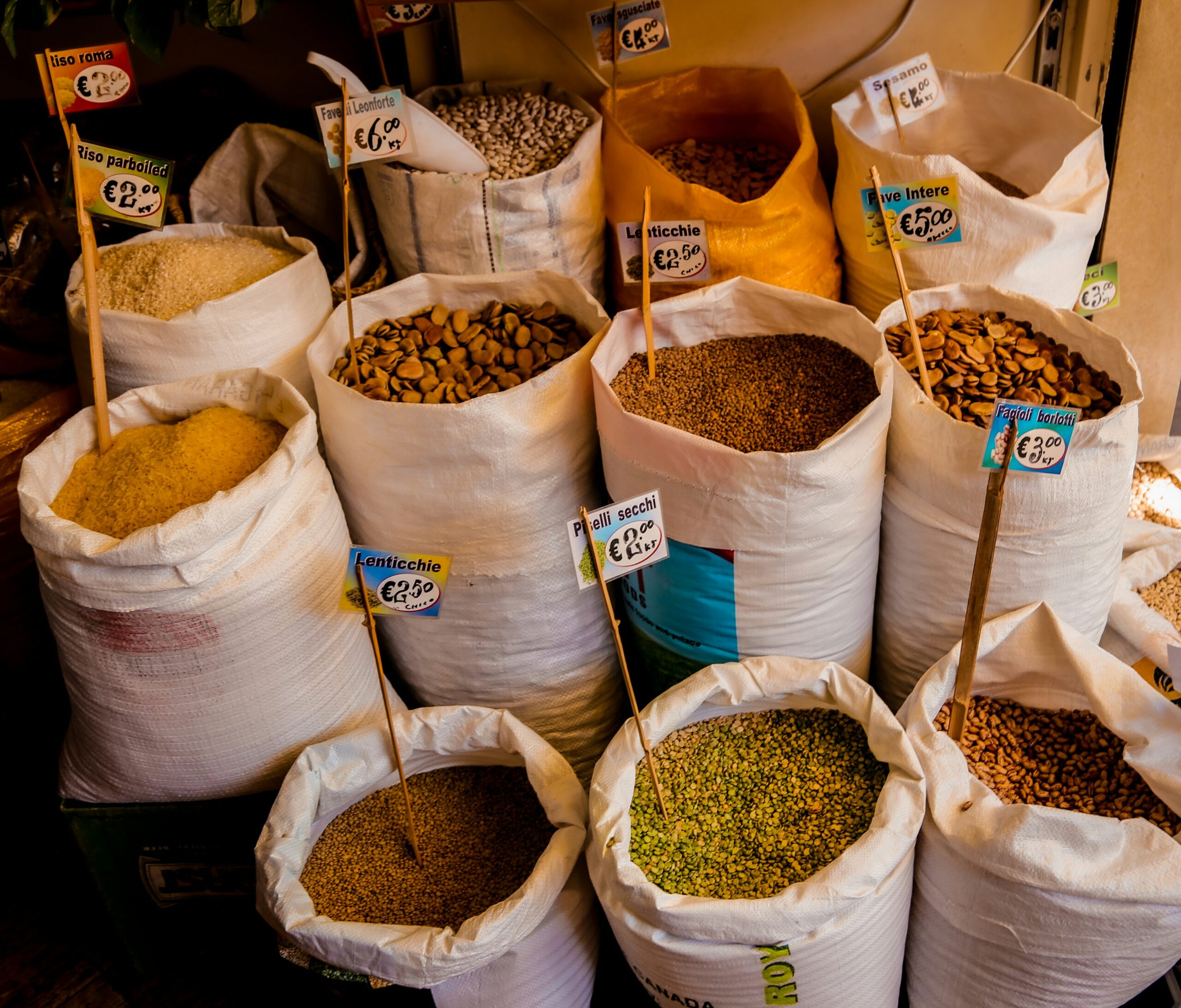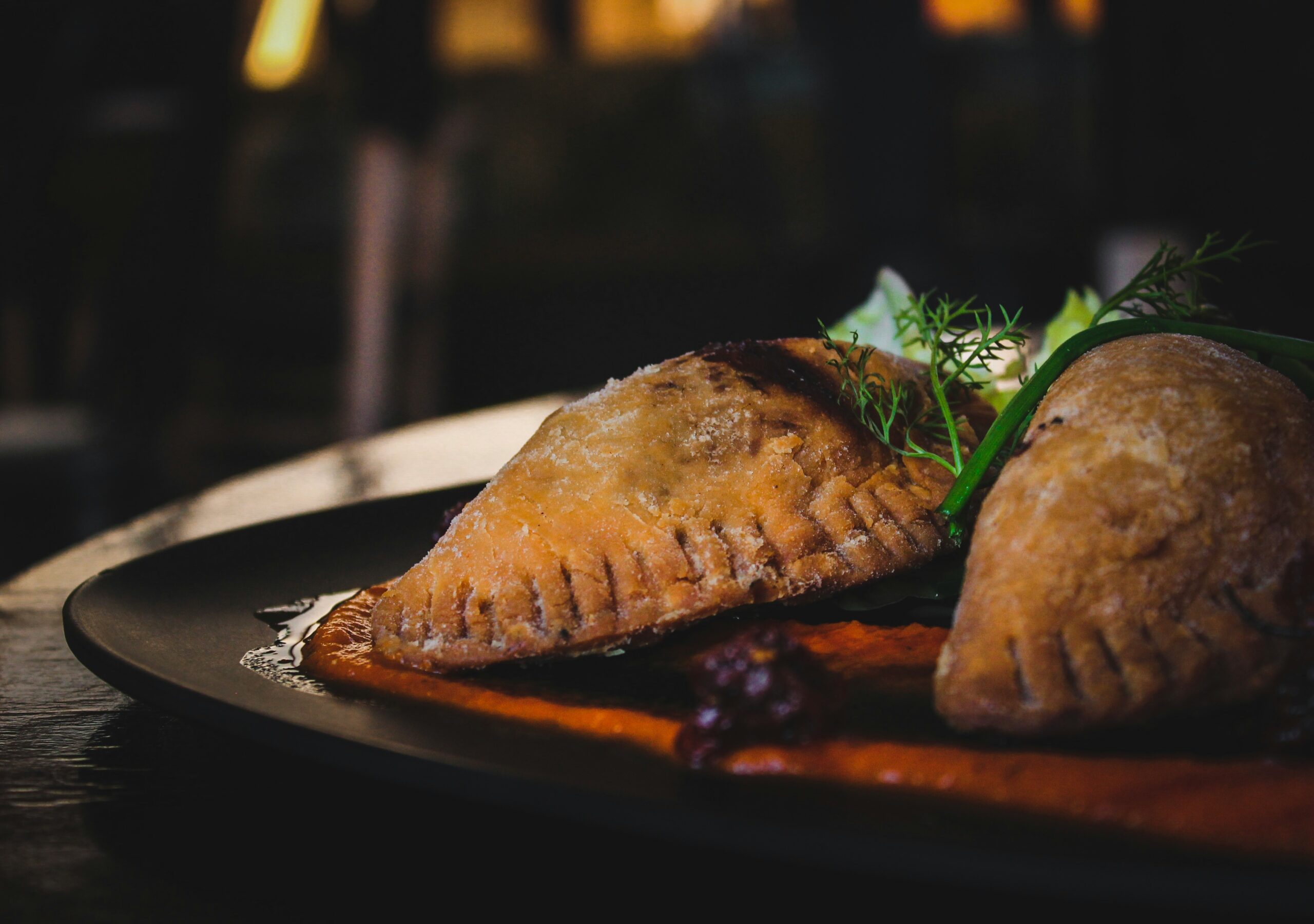Savoring Traditions: Exploring Family Recipes Passed Down Through Generations
There’s something undeniably special about gathering around the dinner table, where the aromas wafting from the kitchen evoke fond memories and stories of old. Family recipes, often scribbled on yellowed index cards or passed down verbally through generations, can be more than just a collection of ingredients and instructions—they are a tapestry of our heritage, a thread connecting us to those who came before us. But what makes these recipes so vital in shaping our identities? In this exploration, we’ll dive deep into the world of family recipes, examining their cultural significance, personal stories, and the delightful flavors they bring to our lives.
The Cultural Significance of Family Recipes
Family recipes often serve as a bridge between generations, a way for families to preserve their culinary heritage. They can encapsulate the essence of a culture, telling tales of immigration, adaptation, and resilience. For instance, take the traditional Italian Sunday sauce, simmered for hours with love and care. It’s more than just a meal; it embodies the warmth of family gatherings, the laughter of children chasing one another in the backyard, and the shared moments of joy. Each time a pot is stirred, memories of grandparents, aunts, and uncles resurface, reminding us of where we came from.
In many cultures, food is intertwined with identity. For example, Jewish families have their matzo ball soup, which is often prepared during Passover. It’s a dish that carries with it the weight of history, symbolizing resilience and continuity. A study by the International Journal of Gastronomy and Food Science suggests that the act of cooking traditional recipes can foster a sense of belonging and community, connecting individuals not only to their immediate family but to their broader cultural heritage.
From Generation to Generation
It’s not uncommon for families to have recipes that have been passed down through several generations, each time with a unique twist. I remember the first time I tried my grandmother’s famous apple pie. The recipe had been handed down from her own mother, and she would always say, “The secret is in the crust.” Now, I can almost hear her voice as I attempt to recreate that flaky masterpiece. The thing is, I’m still trying to nail that crust (and perhaps I should’ve paid more attention during those lessons).
When we think about the ways recipes evolve, it’s fascinating to see how different factors influence them. Ingredients may change based on availability or dietary needs, but the essence remains. Culinary expert Julia Child once noted, “The only time to be positive you have a clear path is when you’re on the edge of a cliff.” This resonates with how families sometimes take the leap to innovate while trying to honor tradition. It’s a delicate balance, one that can lead to delightful culinary surprises—or, at times, kitchen disasters (I’ve had my fair share of those!).
Personal Memories: The Heart of the Matter
What makes food so special isn’t just the taste; it’s the memories tied to it. As I reflect on my childhood, I recall the scent of my mother’s chicken adobo wafting through our home. The savory blend of soy sauce, garlic, and vinegar simmering on the stovetop would bring the whole family together—regardless of our busy schedules. The dish was so central to our gatherings that it became a symbol of family unity. I often wonder how many other families share similar stories of their own cherished meals.
Recipes as Storytellers
Every family recipe has a story to tell. Take, for instance, my friend Maria, who swears by her abuela’s tamale recipe. The preparation is a labor of love that can take hours, often involving multiple family members working together. Each step comes with its own anecdotes, from the time her cousin accidentally mistook chili powder for cinnamon (yikes!) to the heartfelt stories shared over a steaming pot of masa. Maria explains that the ritual of making tamales is as important as the dish itself; it’s about connection, laughter, and the bonds that are strengthened through shared experiences.
Exploring Regional Variations
As families migrate or change locations, their recipes often adapt to local ingredients and tastes. This evolution gives birth to regional variations that reflect a blend of culinary influences. For instance, the classic Southern gumbo may have its roots in West African cuisine, but it has transformed into a dish that embodies the rich tapestry of Louisiana’s cultural heritage. Each family has its version, shaped by unique experiences and personal preferences.
Consider the differences between a Chicago deep-dish pizza and a New York slice. Both are beloved, yet they tell different stories about their origins. The Chicago pie is a hearty, filling meal, while the New York slice is all about convenience—grab it and go! These variations are fascinating, revealing how geography, culture, and personal taste can impact a family’s culinary legacy.
Recipes as Educational Tools
Family recipes can also serve as valuable educational tools, teaching younger generations about their heritage. A study published in the Journal of Family Issues notes that cooking together can enhance familial bonds and transfer cultural knowledge. My cousin frequently makes her grandmother’s famous lasagna with her children, who are now learning the importance of patience (waiting for the cheese to melt) and precision (layering just right). It’s like a mini cooking class, complete with giggles and occasional flour fights.
The Digital Age: Preserving Recipes for Future Generations
In today’s digital age, preserving family recipes has become more accessible than ever. Online platforms allow families to document their culinary legacies, ensuring that the flavors of the past are not lost to time. Many families have turned to social media, sharing cherished recipes and the stories behind them. It’s heartwarming to see how these online communities come together, exchanging tips and tricks while celebrating their diverse heritages.
Yet, there’s something magical about the handwritten recipe cards. They carry the weight of history and personal connection. I still have my grandmother’s slightly smudged card for her famous chocolate chip cookies, complete with notes in the margins (like “add extra chocolate chips!”). It’s a reminder that while technology can facilitate sharing, nothing can replace the warmth of a handwritten note—especially when that note is covered in flour.
The Rise of Food Blogs and Vlogs
Food bloggers and vloggers have taken this trend to new heights, showcasing family recipes and their stories to a wider audience. These modern-day storytellers often weave in personal anecdotes, creating a rich narrative that resonates with viewers. The rise of platforms like YouTube has allowed families to share their culinary traditions visually, making it easier for others to learn and appreciate diverse cooking techniques. I recently stumbled upon a delightful channel where a grandmother teaches her grandchildren how to make dumplings; the love and laughter are palpable, and it reminded me of my own experiences in the kitchen.
Challenges of Maintaining Culinary Traditions
Despite the advantages of digital preservation, there are challenges in maintaining culinary traditions. As families become more geographically dispersed, the shared cooking experiences may dwindle. It’s not uncommon for younger generations to opt for convenience over tradition, relying on takeout instead of rolling up their sleeves to recreate grandma’s famous recipes. This shift raises questions about how we can encourage the continuation of these practices.
One suggestion is to create family cookbooks, where every member contributes their favorite recipes along with a story or memory associated with them. This not only preserves the recipes but also fosters a sense of belonging. I’ve seen families gather to create these cookbooks, reminiscing about shared meals and laughing over kitchen mishaps. It’s a beautiful way to keep traditions alive, ensuring that future generations will have a taste of their heritage.
Embracing Change: The Future of Family Recipes
While it’s essential to honor our culinary roots, embracing change can also lead to exciting new creations. Chefs today often experiment with traditional recipes, infusing them with modern twists that reflect contemporary tastes. Think of the fusion between classic Italian pasta dishes and Asian flavors—like a pad thai spaghetti. It’s a delicious way to celebrate the evolution of food while still paying homage to its origins.
In a way, that’s the beauty of family recipes—they are not static; they are living, breathing entities that grow and adapt with us. They can be a canvas for creativity while also holding onto the cherished memories of our past. I find it fascinating how a simple dish can evoke a mix of nostalgia and excitement, bridging the gap between yesterday and tomorrow.
Conclusion: The Flavor of Heritage
As we explore family recipes passed down through generations, we uncover a rich tapestry of culture, history, and personal stories. These recipes are more than just food; they are the embodiment of love, tradition, and connection. Whether it’s the warm embrace of a homemade pie or the comforting aroma of a simmering sauce, each dish has a story to tell.
So, the next time you find yourself in the kitchen, take a moment to savor the process. Embrace the mess, the laughter, and even the occasional mishap. After all, it’s not just about perfecting a recipe; it’s about cherishing the moments spent with loved ones, creating new memories, and honoring the traditions that bind us. Whether you’re passing down a family recipe or creating a new one, remember that food is a language we all speak—a delicious way to savor traditions and connect with one another.




